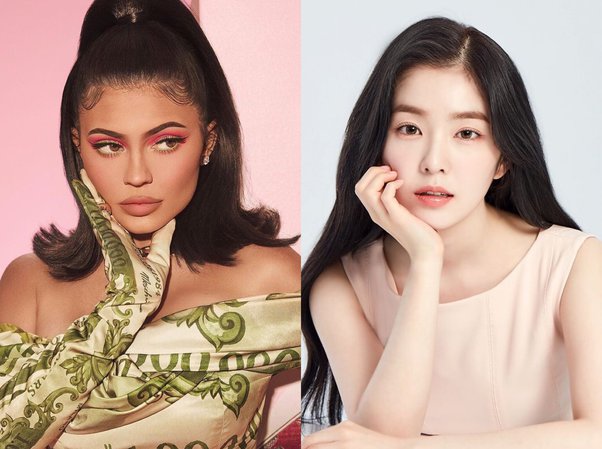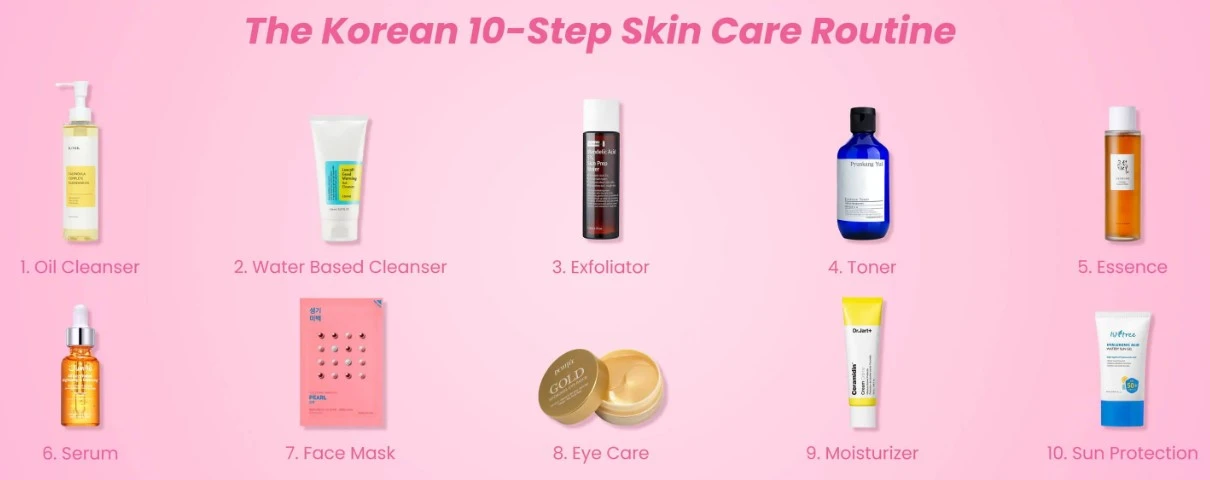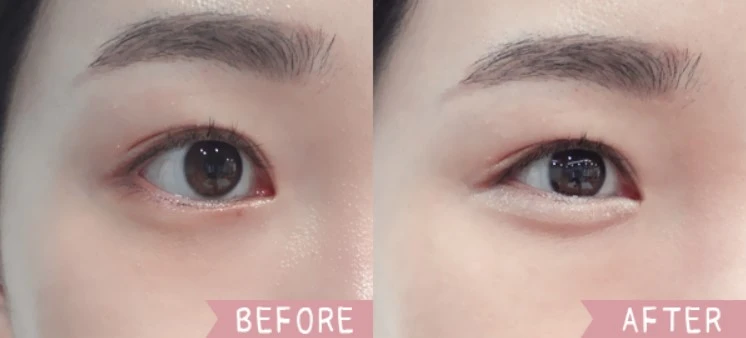Journal
What Are the Korean Beauty Standards?
2023-07-13
More

The Korean beauty industry is famous for setting new trends and capturing the attention of beauty enthusiasts worldwide. From flawless skin to cute features, Korean beauty standards have become a topic of fascination and admiration. In this article, we will explore the various Korean beauty standards and how they have shaped the beauty industry of South Korea.
Fair and Beautiful Skin
Fair and beautiful skin holds a deep cultural significance in South Korea, where it is revered as a symbol of elegance, purity, and social status. Having porcelain or fair complexion dates back centuries and is rooted in historical and societal norms.
Historically, having fair skin was associated with the aristocracy and elite class. Wealthy-class individuals who could afford to remain indoors and avoid manual labor under the sun typically had lighter skin tones. In contrast, those who engaged in outdoor labor often had tanner or darker skin, associated with lower social status.
This cultural preference for fair skin has remained over the years, transcending social classes and influencing beauty ideals across Korean society. From a young age, Koreans are taught the importance of skincare as an essential aspect of self-care and grooming. Parents often instill the habit of sun protection in their children, emphasizing the importance of applying sunscreen, regardless of the weather conditions. Rain or shine, sunscreen is applied.
Having a fair, even, and clear skin complexion has fueled a thriving beauty industry in South Korea. Korean skincare routines are renowned for their multi-step approach, which typically includes cleansing, toner, serum, essence, moisturizer, etc. Additionally, the use of skeet masks, exfoliants, and ampoules is common in Korean skincare regimens, aimed at achieving radiant and flawless skin.

V-Line
The V-line facial shape is a highly coveted beauty standard in South Korea, representing an idealized and aesthetically pleasing facial contour. The V facial shape is characterized by a slender jawline that tapers to a delicate point, resembling the shape of the letter V when viewed from the front. Achieving the V-line is considered to create an elegant, feminine, and youthful appearance, and it has become increasingly popular among both men and women seeking cosmetic enhancements. Cosmetic procedures aimed at achieving the V-line face involve reshaping the jawline and chin and reducing excess facial fat. Jawline contouring, also known as angular jaw correction, is a common surgical procedure performed to slim and refine the jawline. During this procedure, the surgeon may use techniques such as bone shaving, muscle resection, or facial liposuction to sculpt the jawline and create a more tapered appearance.
In addition to surgical approaches, non-invasive treatments such as fillers and botox injections can also be used to enhance the V-line appearance. The filler may be strategically used along the jawline to add volume and definition, while Botox can help relax the jaw muscle responsible for the squareness and jawline width. Removing excess fat under the chin is another common approach to achieving a more defined jawline and V-line facial shape. Facial liposuction and other treatments can target and eliminate stubborn fat deposits in the double chin area, resulting in a more sculpted and contoured jawline.
Large and Cute Eyes
In Korean beauty standards, large and cute eyes are considered a key aspect of facial attractiveness, conveying innocence, youthfulness, and charm. The ideal eye shape is often characterized by a wide-eyed, doe-like appearance, with emphasis on features that enhance the perceived size and definition of the eyes.
One common characteristic associated with the desired eye shape is the presence of double eyelids. Double eyelids refer to a visible crease or fold in the eyelid skin, creating the illusion of a larger, more defined eye contour. While monolids (single-eyelid) eyes are common and considered attractive in Korean culture, double eyelids are often preferred for their ability to make the eyes appear brighter, more open, and expressive.
To get the desired double eyelid, many individuals opt for double eyelid surgery. This surgical procedure involves creating a crease or fold through incisional or non-incisional methods. Incisional methods involve making small incisions in the eyelid to remove excess skin and fat to create a new crease. The non-incisional method uses sutures to create a crease without cutting the skin.

In addition to double eyelids, another feature valued in the Korean beauty standards is the aegyo-sal, also known as love bands. Aegyo-sal refers to the slight puffiness or under-eye bag that becomes more prominent when a person smiles or squints. Unlike dark under0eye circles or bags, which are often considered undesirable in most countries, aegyo-sal is embraced as a charming and endearing feature that adds warmth and friendliness to the facial expression.
Aegyo-sal is often accentuated with makeup techniques such as highlighting and contouring. Some individuals may also opt for cosmetic procedures such as filler injections to add volume and definition to the under-eye area.
Overall, Korean beauty standards emphasize large and cute eyes for the cultural preference for facial features that convey innocence, approachability, and attractiveness.
Slender Body
Having a slender and petite body frame is considered a cultural beauty standard in Korea. This emphasis on a slim physique has led to diet culture and intense workout regimens, as individuals strive to attain and maintain the ideal body shape. The portrayal of the ideal body shape in Korean media, including K-pop, K-drama, and advertisements, often reinforces being slim, tall and toned. Models and celebrities who embody these standards are revered, setting these beauty ideals for the general population.
As a result, many individuals tend to conform to these beauty standards. Fad diets, such as the “banana diet” or the “sweet potato diet,” are popularized as a quick-fix solution for weight loss, despite the risk to overall health and well-being. Liposuction and other facial fat removal procedures, such as fat-melting injections, are common in Korea.

Cultural values and historical influences reflect Korean beauty standards. Having big eyes, a V-shaped face, slender body, fair and clear skin, and overall cute and pretty image is widely recognized as the epitome of beauty in South Korea. The influence of Korean beauty standards extends beyond the cultural context and gained recognition worldwide.
Additional Readings:
What is the difference between Asian and Western beauty standards?
Back


